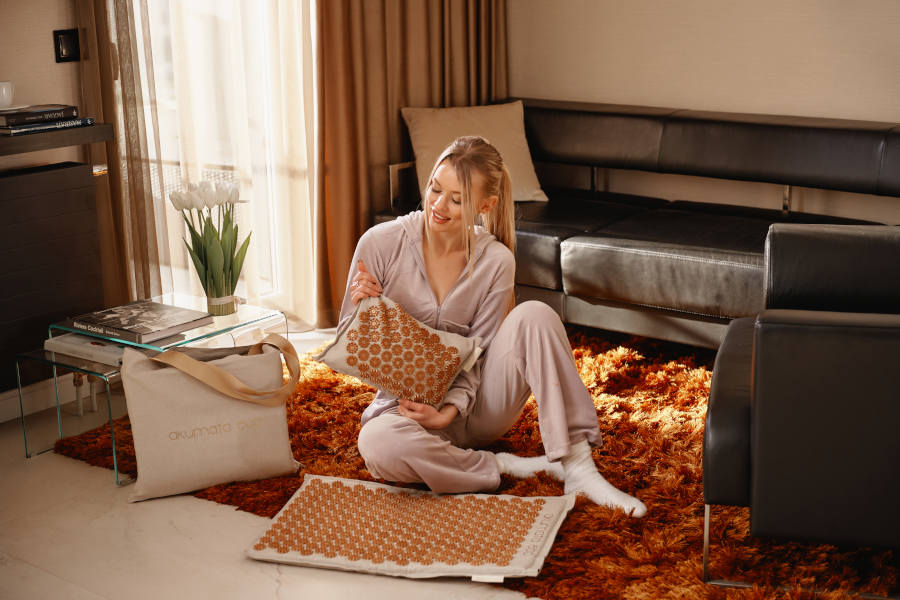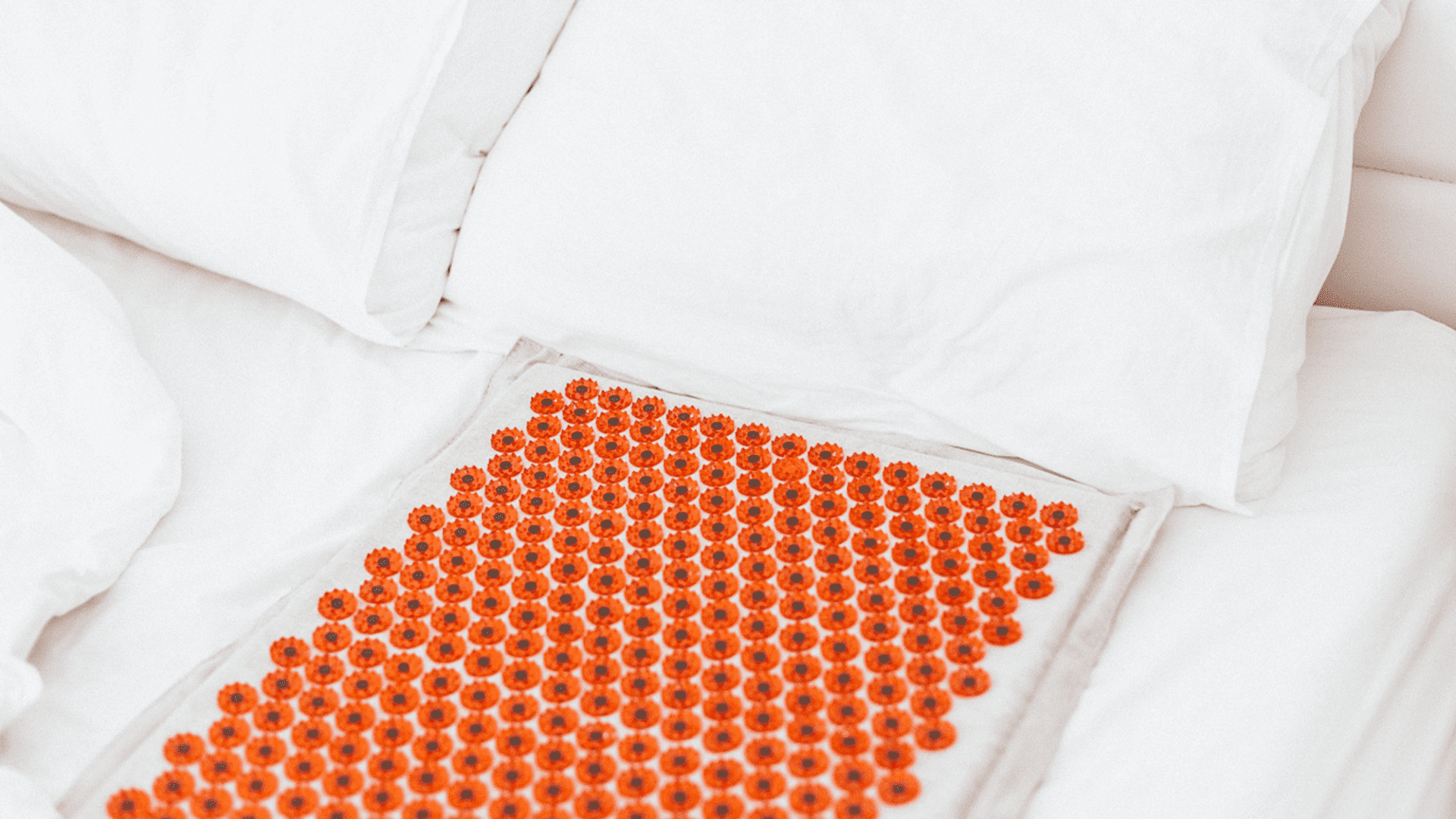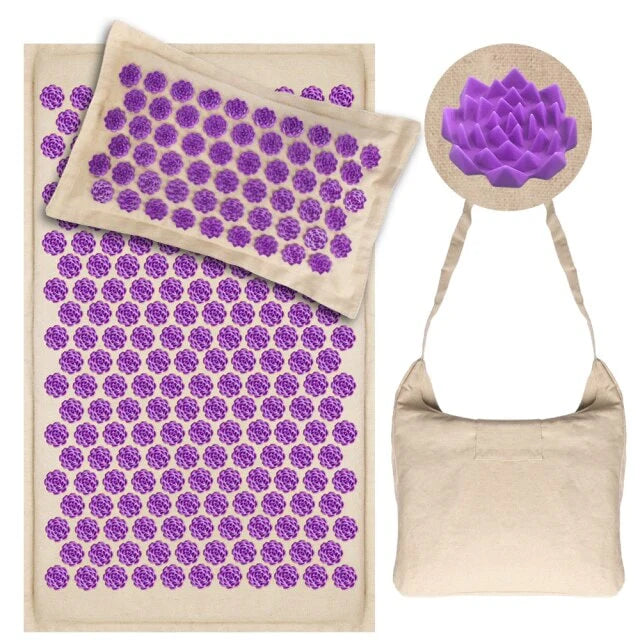Have you ever suffered from migraines, temporomandibular joint (TMJ) dysfunction, ringing in the ears (tinnitus), dyslexia, depression or any other chronic pain? Then this may be of interest to you.
You may not realize it, but as you read this, your head is expanding. In a few seconds, it will start to shrink. If it's already shrinking, it will start to expand again in a few moments.
Why choose this massage?
If you've ever suffered from migraines, temporomandibular joint (TMJ) dysfunction, ringing in the ears (tinnitus), dyslexia, depression or any other chronic pain, then the fact that your head expands and contracts at a rate of 8 to 12 times a minute may become very interesting to you.
Because this information, combined with the skilled touch of someone practicing a technique known as craniosacral therapy, could help relieve some of your ailments.
The origins of craniosacral massage
This strange phenomenon is known as cranial respiration, or the Primary Respiratory Mechanism (PRM). It was in the early 20th century, in his native Wisconsin, that Dr. William Garner Sutherland developed "cranial osteopathy", based on the medical foundations of osteopathy.
The modern name for this therapy was coined in the '70s by an American osteopath and researcher by the name of John Upledger, who combined the terms cranium and sacrum to describe the craniosacral concept.
Right, then. But what about the movement of the skull bones?
Imagine a mobile assembly running from one end of the spinal column to the other, from the skull to the sacrum to be exact.
This assembly is enveloped by three membranes. Between the two lower membranes lies the cerebrospinal fluid that cushions and bathes the brain and spinal cord. It is the subtle mobility of these membranes that is essential to the proper functioning of the central nervous system.
Cerebrospinal fluid pulses rhythmically. It's this rhythm that craniosacral therapists try to release by working gently with the bones of the skull.
Just as contraction of the calf muscles helps bring blood from the legs back to the heart, movement of the skull helps circulate cerebrospinal fluid around the brain and down the spine to the sacrum.
The therapist therefore works gently with the whole body, the spine, the skull and its cranial sutures, diaphragms, fascia and tissues. Using the hands as fine discrimination tools, he is able to detect disturbances in the cranio-sacral rhythm to identify areas of dysfunction, such as cranial, sutural, membranous and other soft-tissue restrictions in the body.
Are you still following me? Great, let's get on with it!
I'm now going to tell you about a second very interesting concept in Craniosacral Natural Therapy. You already know that childhood traumas condition our adult lives.
But you should also know that all the bumps, bruises and violent blows to the head we've received since birth have left their mark on our bodies and probably misaligned some of the bones in your craniosacral structure.
All you need to know about craniosacral massage
By gently manipulating the skull bones at the sutures (the fibrous joints that hold the skull bones together), the therapist seeks to realign the bones so that they move in synchrony with each other, allowing cerebrospinal fluid to circulate freely.
Exactly why stretching and balancing the craniosacral system produces such results is still a matter of speculation. However, the benefits of this gentle, non-invasive technique can go as far as making chronic pain disappear for good!
Indications :
I practice craniosacral therapy with people of all ages. This natural therapy can be included in your treatment for disorders such as:
- Headaches, migraines (tension or postural).
- Neuralgia.
- Cervicalgia, dorsalgia, lumbago.
- Occlusal pathologies.
- TMJ myo-articular pain.
- Cranial mobility follow-up after orthodontic appliance placement.
- Sinusitis.
- Peripheral vertigo and tinnitus (inner ear disorders).
- Sleep apnea of peripheral origin.
- Sleep disorders.
- Stress and emotional management.Chronic tension.
- Shoulder and elbow tendonitis...
Other indications:
- Severe bleeding disorders.
- Diagnostic aneurysm.
History of recent head trauma, which may include cranial hemorrhage or skull fracture.
Practical information:
I begin the session with a diagnosis to assess your needs.
The session takes place on a massage table and the patient remains clothed.
The treatment is carried out in silence, with gentle palpation, providing deep relaxation and activating self-healing processes.








